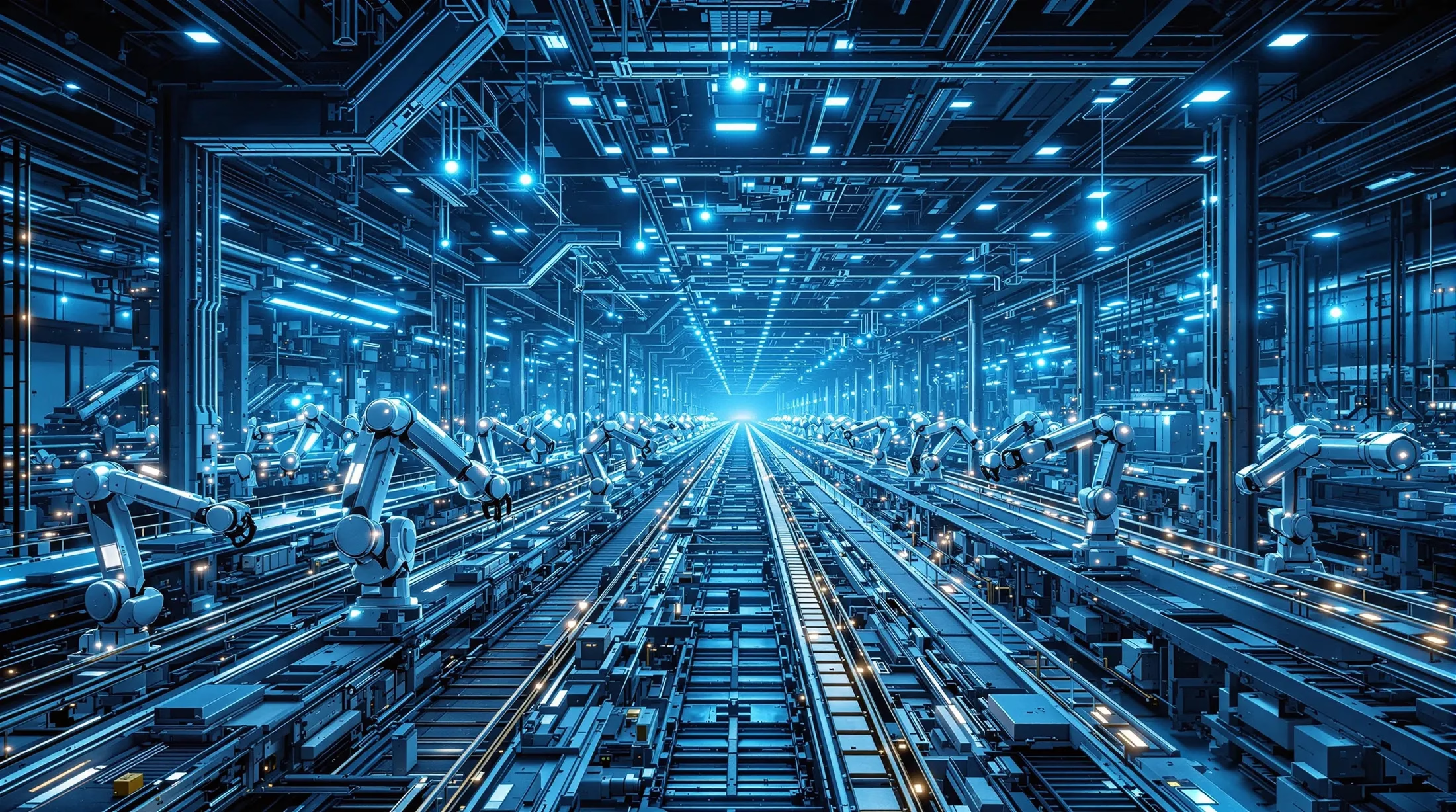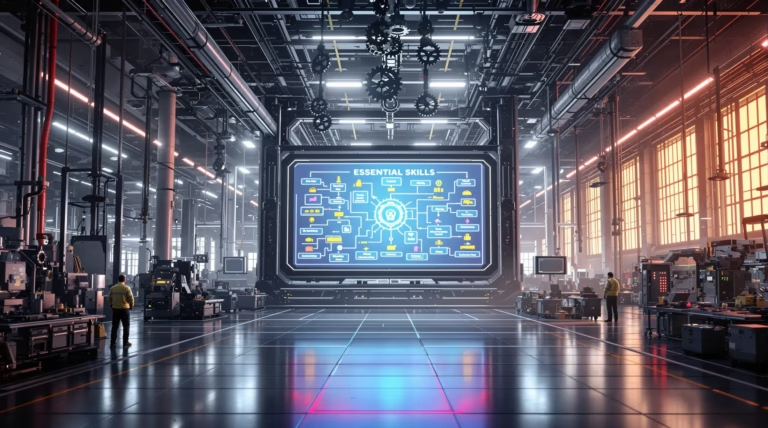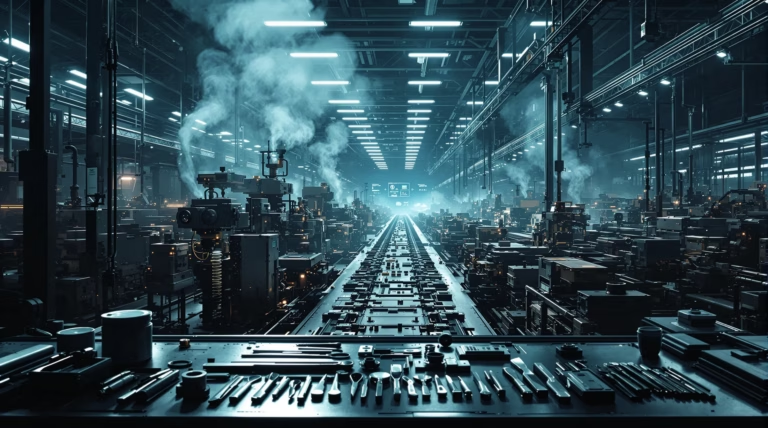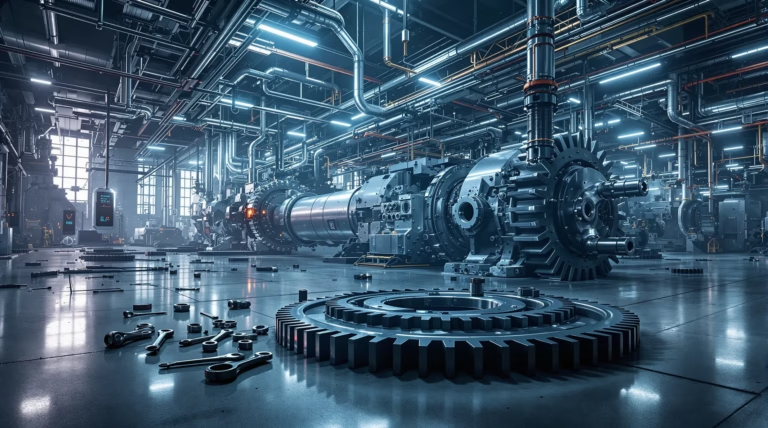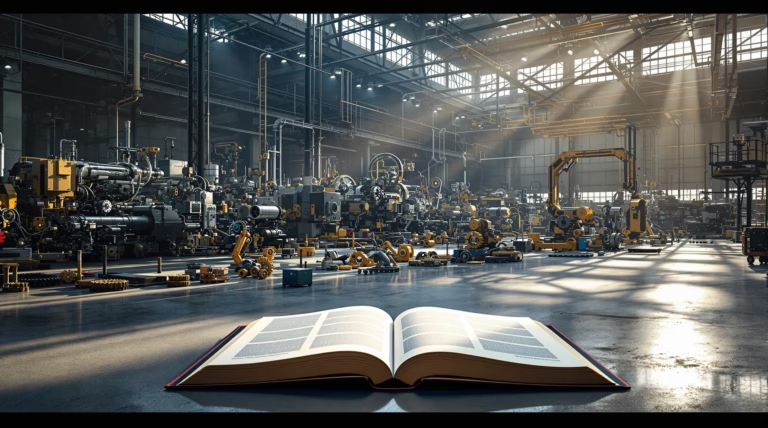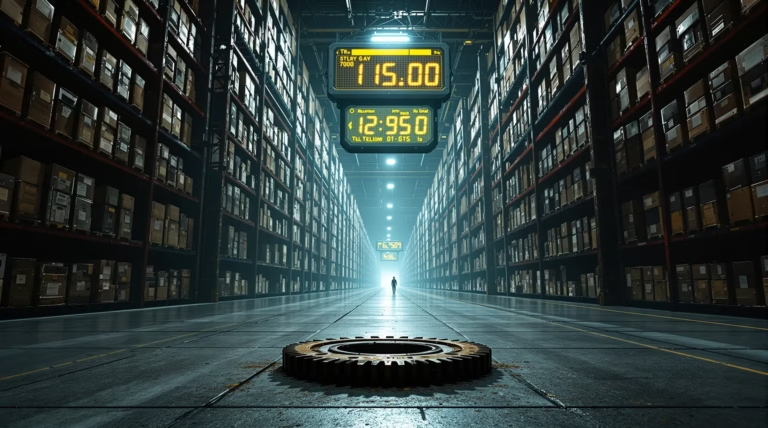Factory Automation Systems: Enhancing Efficiency and Productivity
Discover how factory automation systems are revolutionizing modern manufacturing by transforming traditional processes into intelligent, connected production environments. Whether you’re a manufacturing professional or industry enthusiast, understanding these systems is crucial for staying competitive in today’s rapidly evolving industrial landscape.
Factory automation systems, or industrial automation, form the backbone of modern manufacturing processes. These systems integrate factory equipment to enhance efficiency, reliability, and productivity while reducing operational costs. Through the systematic implementation of technology, conventional manufacturing transforms into intelligent, connected production environments that serve businesses of all sizes, from small operations to large industrial complexes.
What Are Factory Automation Systems?
Factory automation systems create comprehensive technological frameworks that minimize human intervention in manufacturing processes. These systems combine:
- Software and hardware integration for process control
- Programmable controllers for operation management
- Robotic systems for task execution
- Sensor networks for real-time monitoring
- Communication networks for system coordination
History and Evolution of Factory Automation
The evolution of factory automation spans several technological eras:
| Era | Key Developments |
|---|---|
| Industrial Revolution | Mechanical systems powered by water and steam |
| 20th Century | Introduction of electrical systems and first PLCs |
| Modern Era | Advanced robotics, computer vision, and AI integration |
| Industry 4.0 | Cloud computing, IoT, and smart factory implementation |
Key Components of Factory Automation Systems
Modern factory automation systems integrate multiple technologies to create efficient, automated manufacturing environments. These sophisticated networks connect various components to control, monitor, and optimize production processes while maintaining consistent quality standards.
Programmable Logic Controllers (PLCs)
PLCs serve as the central nervous system of factory automation, offering:
- Real-time monitoring and control of manufacturing processes
- Robust performance in harsh industrial environments
- Advanced programming capabilities using standardized languages
- Seamless integration with other automation components
- Comprehensive data collection and analysis capabilities
Robotic Systems and Motion Control
Industrial robots represent the physical execution arm of automation systems, featuring:
- Multi-axis configurations (6, 7, or 8-axis) for maximum flexibility
- Advanced motion control systems with precision motors
- Real-time path planning and execution capabilities
- Integration with vision systems for adaptive operations
- Continuous operation with consistent performance levels
Industrial Sensors and Connectivity
Industrial sensors create a comprehensive sensory network that forms the foundation of modern factory automation systems. These sophisticated devices continuously collect vital data across multiple manufacturing parameters:
- Proximity sensors for object detection and positioning
- Temperature sensors for thermal condition monitoring
- Pressure sensors for fluid system management
- Vision systems for quality inspection and verification
- Motion sensors for equipment performance tracking
Connectivity technologies integrate these components into a unified network architecture, enabling seamless communication across the manufacturing environment. Modern industrial networks utilize advanced protocols such as:
| Network Type | Key Features |
|---|---|
| Ethernet/IP | High-speed data exchange, widespread compatibility |
| Profinet | Real-time control, deterministic communication |
| EtherCAT | Precise synchronization, minimal latency |
Benefits of Implementing Factory Automation Systems
Factory automation systems deliver transformative advantages that revolutionize manufacturing operations. These integrated solutions create streamlined production environments that enhance operational capabilities while reducing long-term costs. The strategic implementation of automation technologies addresses multiple manufacturing challenges simultaneously, from eliminating production bottlenecks to minimizing human error.
Enhancing Efficiency and Productivity
Automated systems enable continuous 24/7 production operations, achieving 30-40% greater output compared to manual processes. This enhanced productivity stems from:
- Uninterrupted operation without human fatigue factors
- Centralized control systems for real-time monitoring
- Optimized resource utilization across production stages
- Elimination of production bottlenecks
- Precise coordination between manufacturing processes
Cost Reduction and Quality Improvement
Factory automation generates substantial operational savings through:
- Reduced labor expenses and workplace accident costs
- Minimized material waste through precise control
- Optimized energy consumption patterns
- Lower inventory carrying costs
- Decreased quality control and rework expenses
Applications of Factory Automation Systems
Factory automation systems are transforming manufacturing across industries by integrating advanced technologies for enhanced process control and reliability. These solutions create streamlined operations that maximize productivity while reducing costs, enabling manufacturers to meet growing demands for higher production volumes and consistent quality. The strategic implementation of automation allows companies to focus human resources on value-added activities requiring creativity and problem-solving skills, establishing a foundation for future smart factory development.
Predictive Maintenance and Condition Monitoring
Predictive maintenance represents a transformative application of factory automation systems that revolutionizes equipment maintenance approaches. Through real-time condition monitoring technologies, manufacturers can track critical production equipment performance using sensors that measure:
- Vibration patterns and anomalies
- Temperature fluctuations
- Acoustic signatures
- Operating parameters
- Performance metrics
Companies like STMicroelectronics have developed sophisticated predictive analytics technologies that deliver remarkable accuracy in anticipating equipment failures. The implementation of these systems yields substantial financial benefits:
- 15-30% reduction in maintenance costs
- Extended equipment lifespan
- Minimized unplanned downtime
- Improved operational efficiency
- Consistent production quality maintenance
Real-Time Performance Enhancement
Factory automation systems enable continuous process optimization through real-time data collection and analysis. These systems monitor essential KPIs including:
| Performance Metric | Impact Area |
|---|---|
| Production Rates | Output optimization |
| Cycle Times | Process efficiency |
| Energy Consumption | Resource management |
| Quality Metrics | Product consistency |
This real-time capability enables manufacturers to make immediate data-driven adjustments to production parameters, delivering significant competitive advantages. Operators can optimize machine settings, production speeds, and resource allocation based on actual performance data rather than estimates. The system particularly excels during product changeovers and new production line implementations, ensuring peak efficiency while minimizing waste and resource consumption.
The Future of Factory Automation: Industry 4.0 and IIoT
Industry 4.0 marks a revolutionary phase in manufacturing automation through Industrial Internet of Things (IIoT) integration. This advancement creates intelligent, responsive production environments while allowing manufacturers to enhance existing processes through cloud connectivity, maximizing current investments.
Smart Factories and Cloud Connectivity
Smart factories exemplify Industry 4.0 principles through comprehensive IIoT network integration. These facilities enable:
- Equipment self-optimization capabilities
- Real-time condition monitoring
- Predictive maintenance implementation
- Remote monitoring and control
- Global access to production metrics
- Advanced data analysis and insights
The Role of Machine Learning and AI
AI and machine learning technologies are transforming factory automation through advanced predictive capabilities. These systems:
- Analyze vast production data streams
- Identify invisible performance patterns
- Anticipate equipment failures
- Automate complex analytical processes
- Predict market trends and demand fluctuations
- Optimize quality control processes
While automation continues to advance, human expertise remains essential for monitoring, maintaining, and optimizing these sophisticated systems, creating a crucial partnership between human capabilities and machine intelligence.

